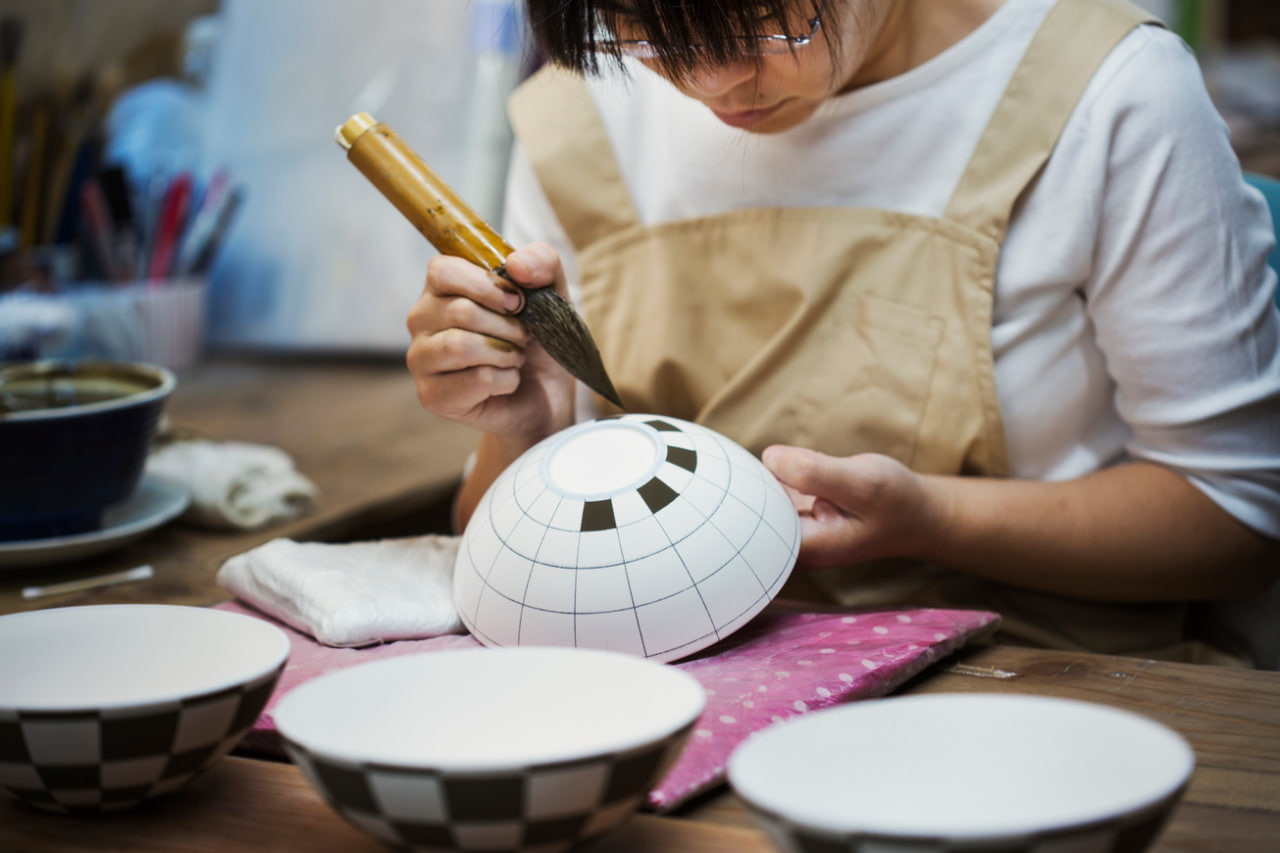Selecting the right materials is one of the most important steps in creating decorative objects that are both beautiful and durable. The choice of material affects the piece’s longevity, appearance, and suitability for its intended environment. Understanding the properties, advantages, and limitations of various materials helps artisans and designers create objects that maintain their quality and aesthetic appeal over time.
Understanding Material Properties
Each material brings unique characteristics that influence how a decorative piece will perform. Factors such as hardness, flexibility, resistance to corrosion, weathering, and ease of finishing play a critical role in determining which material is best suited for a project. Additionally, aesthetics, texture, and weight must be considered to ensure the final piece aligns with the intended design vision.
Metals, resins, plasters, and concretes are common choices, each with distinct benefits. Metals provide strength and longevity, resins offer versatility and ease of coloring, plasters allow for fine detailing, and concrete delivers durability for larger or outdoor pieces. Choosing the right material involves balancing functional requirements with artistic goals.
Metals for Decorative Objects
Metals such as bronze, brass, aluminum, and stainless steel are popular for both indoor and outdoor decorative pieces.
Bronze is prized for its strength, resistance to corrosion, and warm patina that develops naturally over time. It is ideal for sculptures, architectural details, and ornamental hardware.
Brass offers a bright, reflective finish and is relatively easy to cast and polish. It is commonly used in furniture accents, lighting fixtures, and small decorative objects.
Aluminum is lightweight, resistant to rust, and easy to work with, making it suitable for larger installations or pieces requiring portability.
Stainless steel is highly durable and corrosion-resistant, often used in modern decorative designs where minimal maintenance is desired. Metals can be treated with coatings, patinas, or finishes to enhance appearance and protect against environmental factors.
Resins and Synthetic Materials
Resin is a versatile option for creating detailed and customized decorative pieces. Liquid resin can be poured into molds and pigmented with dyes, metallic powders, or other additives to achieve unique visual effects.
Resin is lightweight, durable, and capable of capturing fine details that might be challenging with other materials. It is ideal for small sculptures, decorative panels, and artistic home décor. Epoxy and polyurethane resins are popular due to their clarity, hardness, and resistance to wear.
Plasters and Gypsum-Based Materials
Plaster and gypsum are commonly used for indoor decorative elements such as moldings, ceiling medallions, and relief sculptures. Plaster allows for smooth finishes and intricate detailing, making it a go-to material for traditional decorative arts.
Although plasters are not as durable as metals or resins, they can be reinforced with fibers or sealants to increase longevity. They are easy to paint, texture, or gild, offering significant versatility for interior décor applications.
Concrete and Cement-Based Materials
Concrete provides strength and durability, making it ideal for large decorative pieces, outdoor sculptures, planters, and architectural features. Modern decorative concretes can be pigmented, textured, or polished to achieve a refined finish.
Concrete is highly resistant to environmental wear, moisture, and temperature changes, making it suitable for exterior installations. Proper curing and finishing ensure long-lasting quality and prevent cracking or surface degradation.
Combining Materials for Strength and Aesthetics
Many long-lasting decorative pieces combine materials to enhance both durability and visual appeal. For example, metal frameworks can support resin or concrete components, while wood accents can add warmth to stone or metal elements. Combining materials requires careful planning to ensure compatibility and structural stability while maintaining the desired aesthetic.
Finishing and Protective Measures
The choice of finishing methods greatly impacts the longevity of decorative pieces. Protective coatings, sealants, and paints shield materials from corrosion, moisture, UV exposure, and wear. For metals, patinas and lacquer coatings prevent tarnishing. For resins and concrete, clear protective layers enhance durability and maintain color vibrancy.
Regular maintenance, cleaning, and inspection of decorative pieces also extend their lifespan. Selecting materials that require minimal upkeep can make a significant difference in preserving both beauty and function over time.
Matching Material to Environment
Understanding the environment where a decorative piece will be displayed is essential for material selection. Indoor pieces benefit from lightweight, detail-friendly materials like resin or plaster. Outdoor installations require weather-resistant metals, treated concrete, or high-quality polymers capable of withstanding sun, rain, and temperature fluctuations.
Matching material properties to environmental conditions ensures that decorative pieces remain structurally sound, visually appealing, and low-maintenance for years to come.

